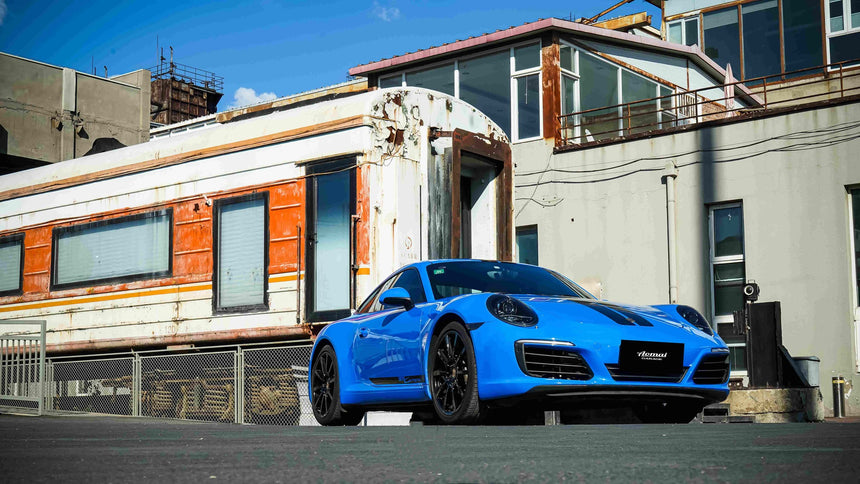Wrong approach: Did you make these mistakes? | TeckWrap
Sometimes, a wrap finish can fail not because of how you install it but how you approach it during the application: Wrong tools, thoughtless preparations, or incomplete cleaning… These can all bring risks to the vinyl film.
Here are some common mistakes that installers might make. Let’s see if you have ever done any of these – If not, congratulations! And please make sure you will avoid them at all times.
Does a thick buffer mean safer?
Some wrappers think using a thick buffer can help you pass on the pressure properly and avoid accidentally scratching the vinyl wrap film when installing.
But this is no longer considered an advantage when it comes to curvy areas. And the fact is that there are many compound curves on a vehicle. A thick buffer can push the material and cause it to bunch up in those areas. Thus, a thick buffer is not completely promising.
Forget about the single-blade knife
Some installers usually use a single-blade knife with a standard 45-degree angle tip. This kind of blade is flat, and it tends to get dull over time. You will need a sharper blade with a 30-degree angle tip for different installations or sections. Thus, it is recommended to use a multi-cartridge knife that you can load with other blades.
Incomplete cleaning
Always remember you are not cleaning for “cleaning” but for a high-quality finish. If you don’t do it thoroughly, it is meaningless. Thus, always double-check if the vehicle is spotless after you finish. You can check it by putting your squeegee in a white paper towel and slide it in a deep area. If it comes out white, you can move on to the next stage.
Mind the adhesive remover
If you need to use an adhesive remover to remove any residue before wrapping, clean it up completely before installing the vinyl film. Because this kind of remover is usually oil-based, and even one drop of it can affect the durability of the car wrap.
It’s not the end yet
Finish wrapping a car does not mean everything is done. A vehicle wrap cannot completely set well on the surface until the adhesive is activated. The process usually takes around 24 hours. Thus, do not let the car hit the road before this. You can learn more about how to speed out this process in our previous article.
Did you make any of these common mistakes? Or you have never thought about them? Be sure to follow us to get weekly wrap tips, and have a smooth workflow for a perfect finish with no stress.


